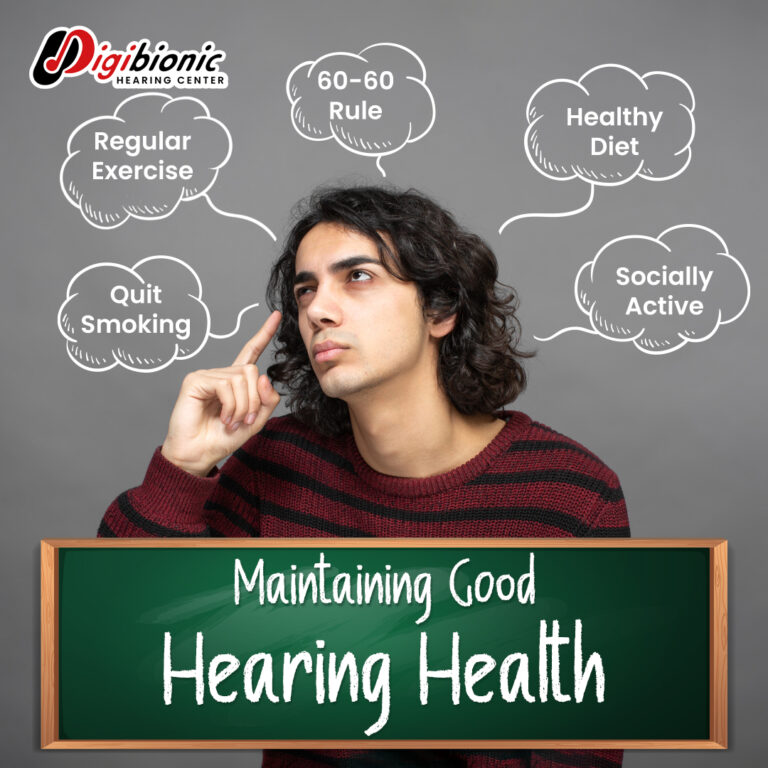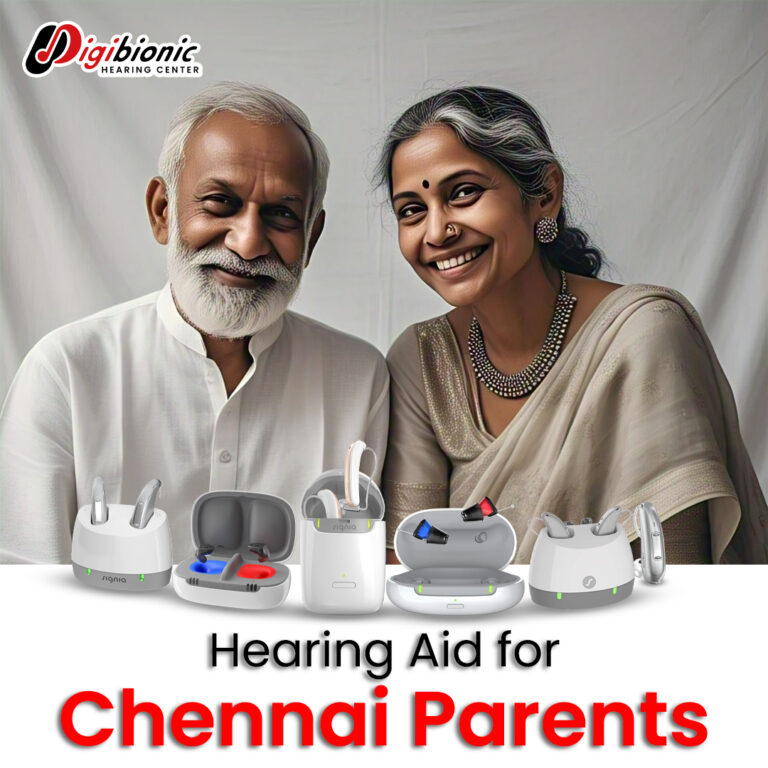What are the different styles of hearing aids? Which style is most suitable for me?
- March 09, 2024
- Written by Digibionic India

The shapes of hearing aids vary, becoming increasingly sophisticated with technological advancements. During the selection process, people often inquire, “Are there hearing aids that are the smallest, most discreet, preferably completely invisible and can be hidden inside the ear?” The answer is, of course, affirmative, but whether such miniaturized hearing aids are suitable for everyone depends on the individual’s degree of hearing loss, ear canal size, and manual dexterity.
Therefore, when choosing hearing aids, audiologists or fitting specialists provide professional recommendations based on the user’s hearing level and specific needs, rather than solely relying on personal preferences. Currently, there are several commonly used styles for hearing aid designs:
1.Behind-the-Ear (BTE):
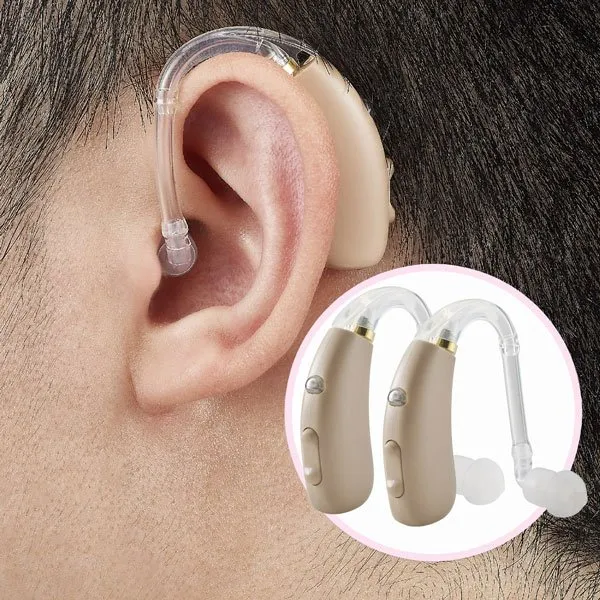
A small device worn behind the ear.
The Behind-the-Ear (BTE) hearing aid is worn on the back of the ear. The earhook at the front of the hearing aid transmits sound into the user’s ear canal through a tubing system connected to a custom-made ear mold or earplugs. BTE hearing aids can provide higher volume output, making them suitable for a wider range of hearing loss, from moderate to severe.
Due to the larger internal space of BTE hearing aids, they can incorporate additional features, including a telecoil (T-Coil), directional microphones, and direct audio input (DAI). For children with hearing loss, these features are crucial for using frequency modulation (FM) educational support tools.
Advantages include:
- Provides stronger output volume, making it suitable for individuals with more severe hearing loss.
- Larger size of the device and components makes it easier for users to wear and operate (e.g., battery replacement or volume adjustment).
- The microphone and speaker in the hearing aid are farther apart, reducing the likelihood of feedback noise.
- Offers various special features such as directional microphones, telecoil (T-Coil), and direct audio input (DAI).1
Additionally, since children’s ear canals are still growing and not fully formed, it is not recommended to use in-the-ear hearing aids, and BTE hearing aids are typically suggested.
Furthermore, for individuals with chronic middle ear infections resulting in ear canal discharge, in-the-ear hearing aids are more prone to damage, making the use of earmold-style hearing aids advisable.
2.Receiver in the canal (RIC):
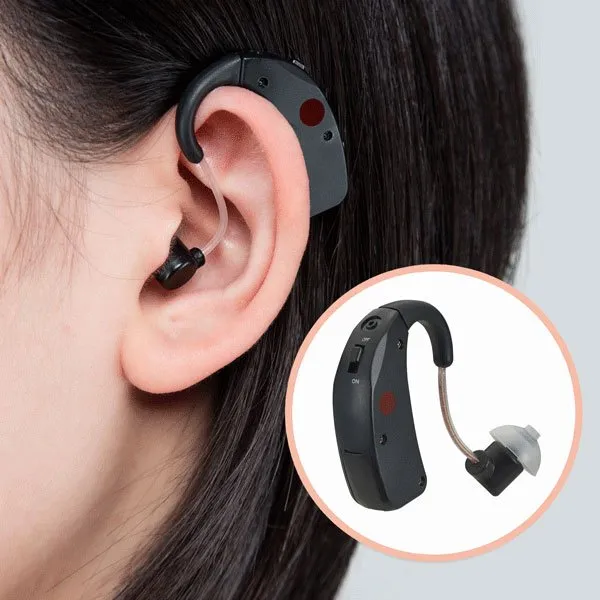
In recent years, the increasingly popular external speaker mini behind-the-ear hearing aid features a compact design where the receiver is directly placed in the ear canal through a wired connection with the hearing aid.
The key benefit is the design of the RIC hearing aid, where the receiver, is directly placed in the ear canal through a wired connection. This allows for the selection of different strength receiver to accommodate various degrees of hearing loss, ranging from moderate to severe.
For individuals with moderate hearing loss, open-fit earplugs can be utilized, providing a more natural sound quality without the feeling of being plugged. Those with severe hearing loss have the option of using closed-fit earplugs or custom earmolds, still benefiting from the advantages of the RIC hearing aid.
3.In-the-Ear (ITE): Fits in the outer ear and is visible.
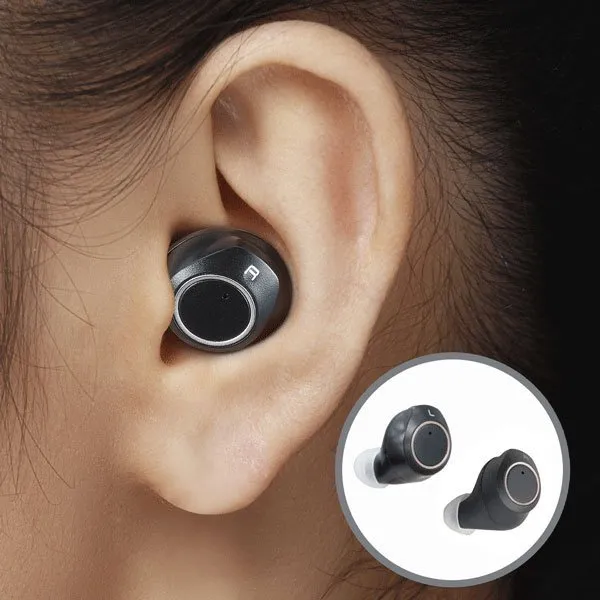
In-the-ear (ITE) hearing aids have an outer casing custom-molded to the user’s ear canal shape, fitting on the outer part of the ear shell and canal. They appear much less conspicuous compared to behind-the-ear styles.
In addition to the aesthetic advantage, the speaker is positioned closer to the eardrum within the ear canal, allowing for achieving the user’s desired volume without needing to set it very high.
However, compared to behind-the-ear styles, the drawback is the smaller internal space, accommodating smaller speakers with limited output power, making them less suitable for severe and profound hearing loss.
Additionally, elderly individuals with diminished tactile sensitivity may find operation less convenient. Nevertheless, considering the aesthetic aspect, these hearing aids generally enjoy high user acceptance.
4.In-the-Canal (ITC): Partially sits in the ear canal, less visible.
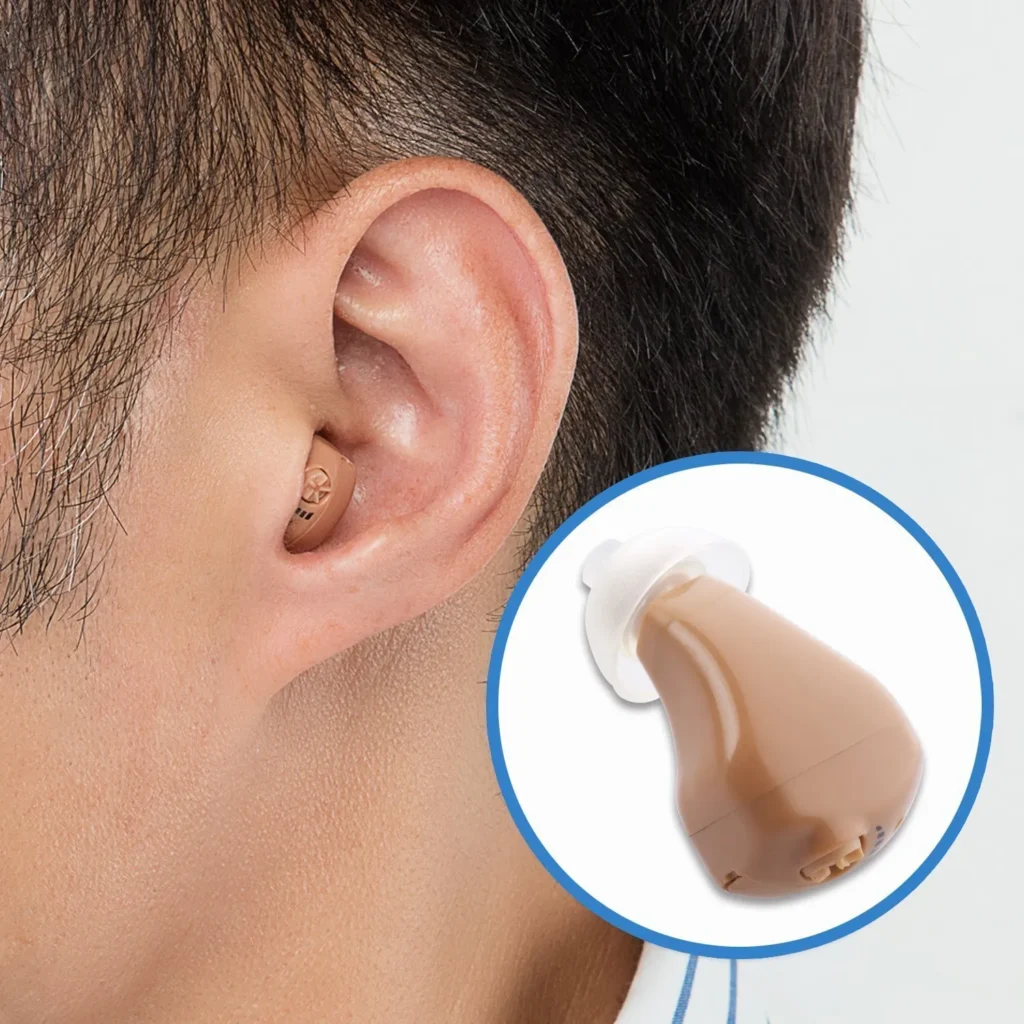
The canal-style hearing aid has a smaller external appearance compared to the in- the-ear type, fitting in the cartilaginous part of the ear canal. It offers a more discreet aesthetic than the in-the-ear type, but comes with some limitations in terms of volume output and operational convenience.
5. Completely-in-the-Canal (CIC):
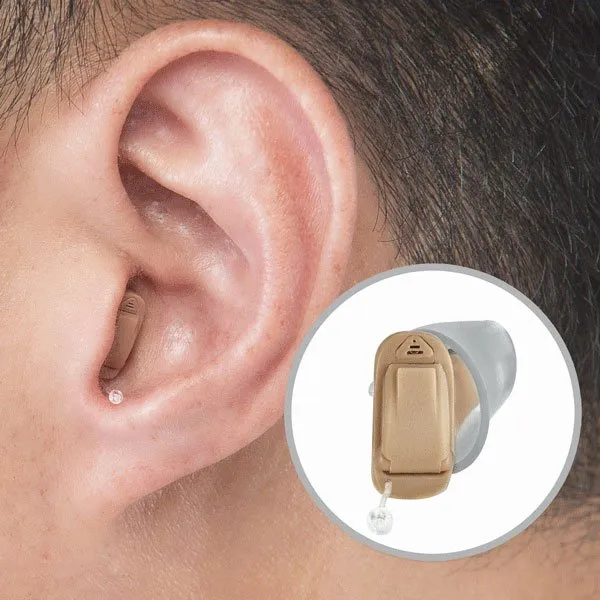
It is worn deep in the ear canal, completely invisible from the front, with only a transparent thread visible outside the ear canal for easy retrieval.
Certainly, the greatest advantage of the Completely-in-the-Canal type is its aesthetic appeal. In addition to this, it has other benefits, including a deeper placement in the ear canal resulting in a higher amplification rate for high frequencies, less blockage effect from the external ear canal, resistance to being blocked by earwax, and better retention of sound localization ability.
However, its drawback lies in its small size, which limits the placement of larger speakers, making it less suitable for individuals with severe hearing loss. Additionally, due to its compact size, the older may find it challenging to operate.
6.Hearing Aid Disguised as Bluetooth Earbuds:

Creating the appearance of a Bluetooth earphone for hearing aids not only maintains aesthetics but also addresses the issue of small device size making it less user-friendly for the elderly.
The Bluetooth earphone design effortlessly incorporates various advantages not found in mini hearing aids. The larger body allows for more features increased sound power, and suitability for individuals with moderate to severe hearing loss. By transforming the traditional, noticeable appearance of large hearing aids into that of Bluetooth earphones, it even becomes a fashionable accessory.
The six mentioned above are currently the most used types of hearing aids on the market.
In addition, there are a few other designs, including:
Pocket-sized Hearing Aids:
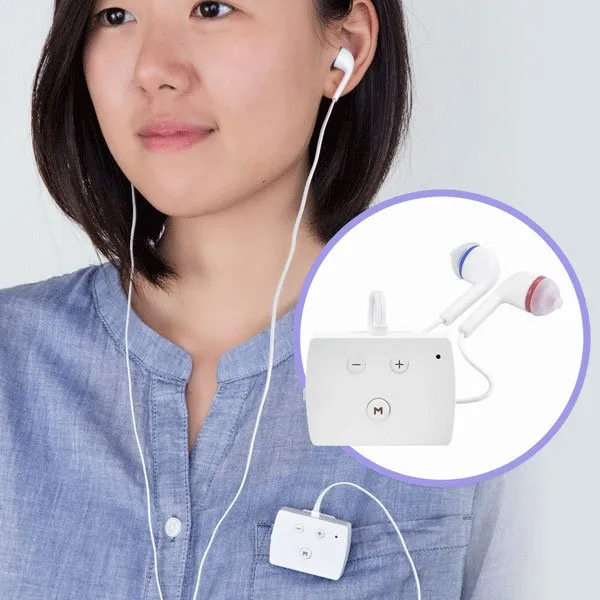
These are larger in size, suitable for individuals with severe to profound hearing loss.
The larger body makes them easier to operate.
Bone Conduction Hearing Aid:
It utilizes a vibrator to transmit vibrations through the skull to the inner ear. The design comes in the form of glasses or headbands, making it suitable for individuals with conductive hearing loss or those with closed ear canals (microtia).
The above overview allows us to understand the advantages, disadvantages, and suitable conditions for various types of hearing aids. However, the selection process is determined through discussions with a professional hearing aid dispenser.
I would like to remind people with hearing loss not to prioritize aesthetics as the sole consideration. The effectiveness of the hearing aid after fitting and the subsequent ease of operation are crucial aspects to consider in the decision-making process.
Recommended Articles
Why Noise Cancellation is Important in Hearing Aids?
Early Action & Daily Habits for Better Hearing Health
Selection Guide for the Best Hearing Aids for Your Parents
25 February, 2025 Written by Digibionic India As our parents age, maintaining their quality of…


